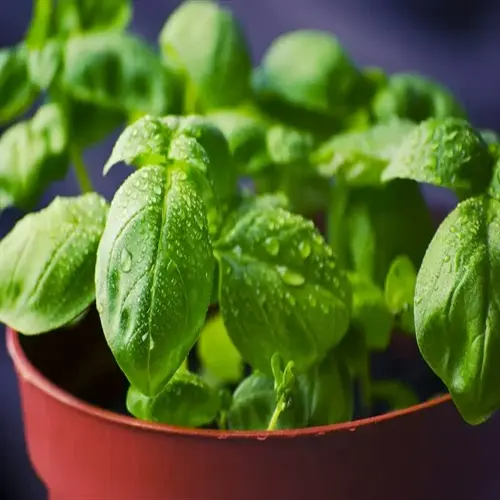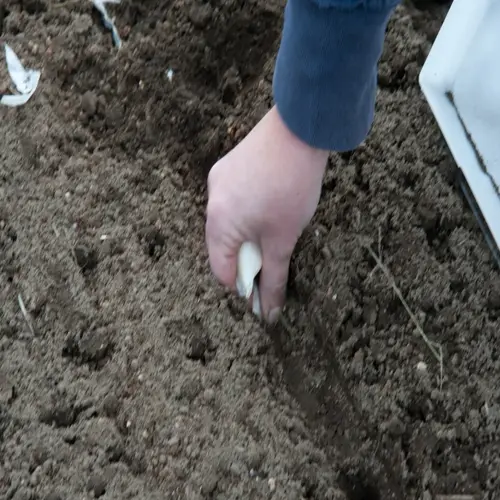What's the secret to straight carrot roots?

Written by
Nguyen Minh
Reviewed by
Prof. Martin Thorne, Ph.D.Straight carrot roots result from three immutable conditions. Stone-free soil gives the carrot roots unhindered routes for growth. Irrigation without stress prevents abnormal shape changes. Ensure a balanced, careful fertilization program to avoid 'top-heavy' growth. These recommendations led to significant changes in all my harvests when I began consistently practicing them.
Soil Preparation
- Remove all stones and debris from top 12 inches
- Amend clay soils with 40% coarse sand
- Create uniform tilth for unimpeded downward growth
Moisture Management
- Finger test soil daily at 2-inch depth
- Maintain damp-sponge consistency throughout growth
- Install drip irrigation for consistent delivery
Nutrition Balance
- Use low-nitrogen 5-10-10 fertilizer at planting
- Avoid nitrogen boosts during root expansion phase
- Excess nitrogen causes hairy, split roots
Soil depth is the main factor influencing root straightness. Need 6 inches for short types, such as 'Paris Market'. 8-10 inches for average 'Danvers'. 12+ inches for long 'Imperators'. Test depth before planting. I use a metal probe to check for sufficiently loose soil for the roots to develop upwards.
Thinning management blocks root competition. First thinning at 2 cm tall. Final distance: 8 cm. Snip, not pull, to avoid disturbing neighbors. I think in the evening because plants recover quickly. Good distance homework leads to the development of symmetric roots.
The choice of variety is related to the soil type. 'Chantenay' does well in heavier soils. 'Nantes' is a good choice in sandy loam soils. 'Kuroda' is great due to non-forking in difficult soils. I test three varieties each year, which shows me what performs best in my microclimate.
Seasonal adjustments keep burger shifts in straight wads. Summer heat will require mulch for moisture retention. Spring rains necessitate an elevated bed for drainage. I always track soil temperature. Roots grow straighter between 60-70°F. Temperature extremes will cause deformities.
Read the full article: When to Plant Carrots: Expert Timing Guide

